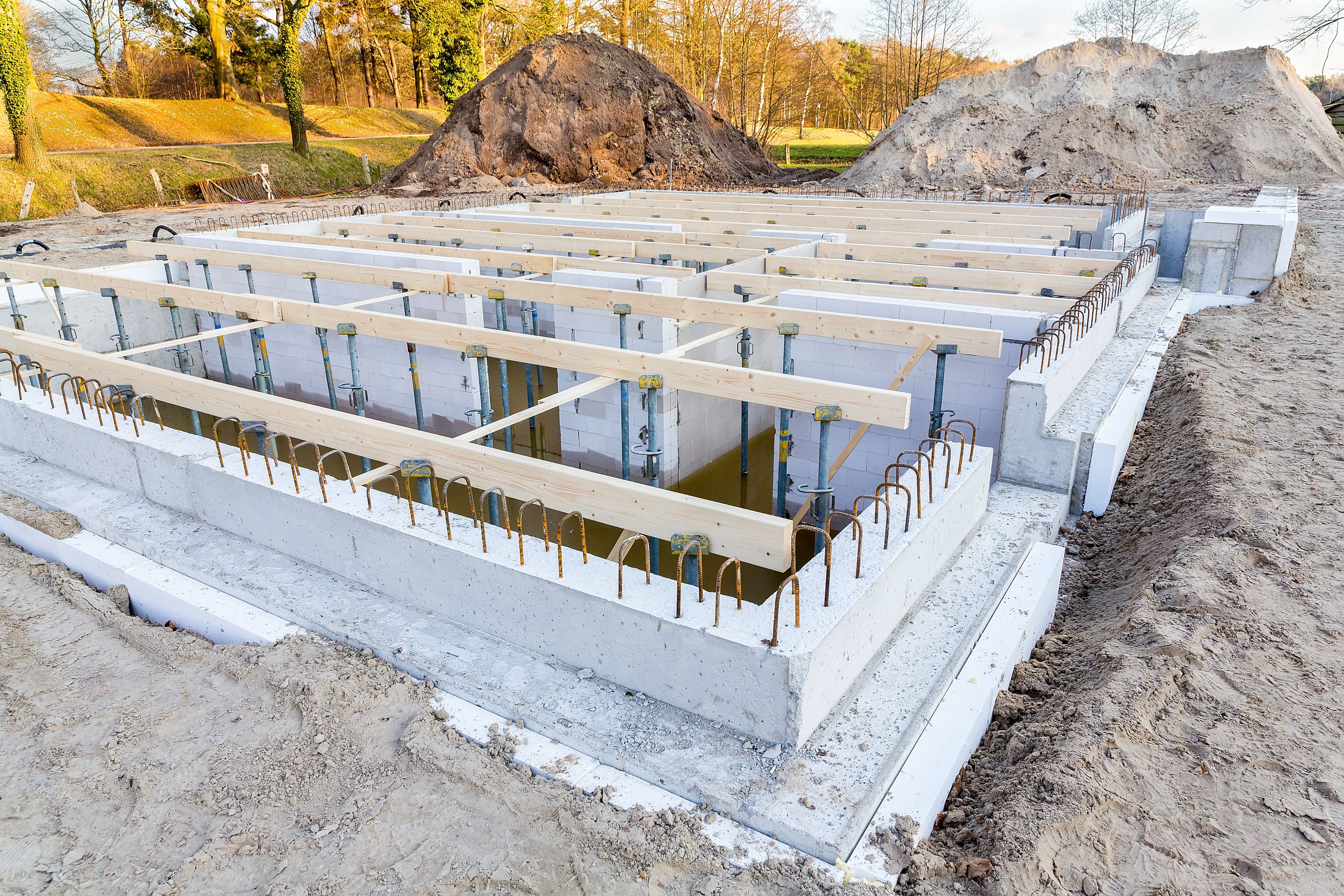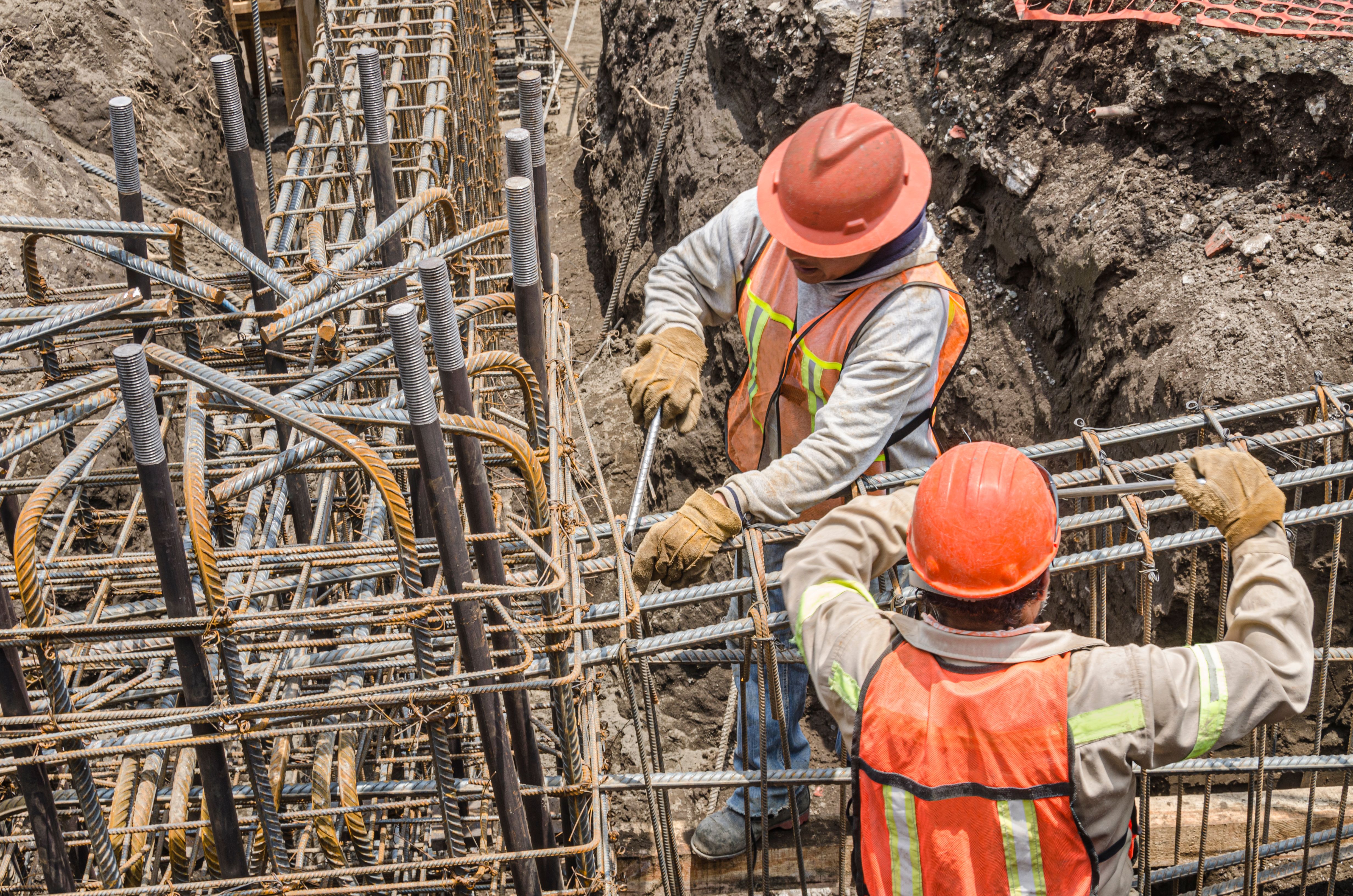Understanding the Upper Foundation Layer in Construction
Introduction to the Upper Foundation Layer
In the world of construction, the foundation plays a critical role in ensuring the stability and longevity of any structure. Among the various components of a foundation, the upper foundation layer is particularly significant. This layer serves as the intermediary between the ground and the building, providing essential support and load distribution to maintain structural integrity.

Composition of the Upper Foundation Layer
The upper foundation layer is typically composed of materials that provide both strength and flexibility. Commonly used materials include:
- Concrete: Known for its durability and compressive strength.
- Reinforced Steel: Provides tensile strength to complement concrete's compressive strength.
- Aggregate: Often used to enhance stability and drainage.
These materials are carefully selected and mixed to withstand environmental conditions and the weight of the structure above.
Functions of the Upper Foundation Layer
The primary function of the upper foundation layer is to evenly distribute the load from the building above to the ground below. This prevents any undue stress on specific points, which could lead to cracking or shifting. Additionally, this layer acts as a protective barrier against moisture and environmental factors that could compromise the foundation's durability.

Construction Considerations
When constructing the upper foundation layer, several considerations must be taken into account to ensure its effectiveness:
- Site Assessment: Understanding soil composition and load-bearing capacity is crucial.
- Material Selection: Choosing appropriate materials based on environmental conditions and structural demands.
- Layer Thickness: Determining the correct thickness for optimal support and stability.
These factors must be carefully evaluated to ensure that the upper foundation layer performs its role efficiently.
The Role of Technology
In recent years, advancements in technology have significantly impacted how upper foundation layers are designed and constructed. Techniques such as 3D modeling, simulations, and advanced material testing have allowed engineers to create more resilient and efficient foundation systems. These technologies enable more precise calculations and predictions, reducing risks and increasing overall safety.

Common Challenges
Despite its importance, constructing an effective upper foundation layer comes with its own set of challenges. These include dealing with unexpected soil conditions, managing water drainage issues, and ensuring compatibility with existing structures. Addressing these challenges requires careful planning and expert knowledge to avoid costly repairs or structural failures in the future.
Maintenance and Inspection
Regular maintenance and inspection of the upper foundation layer are essential to prolong its lifespan. Inspections can identify potential issues such as cracks or shifts that may require immediate attention. Routine maintenance, including sealing cracks and addressing drainage problems, helps maintain the integrity of the foundation over time.
By understanding the intricacies of the upper foundation layer, construction professionals can create safer and more durable structures, ultimately leading to a more robust built environment for future generations.
